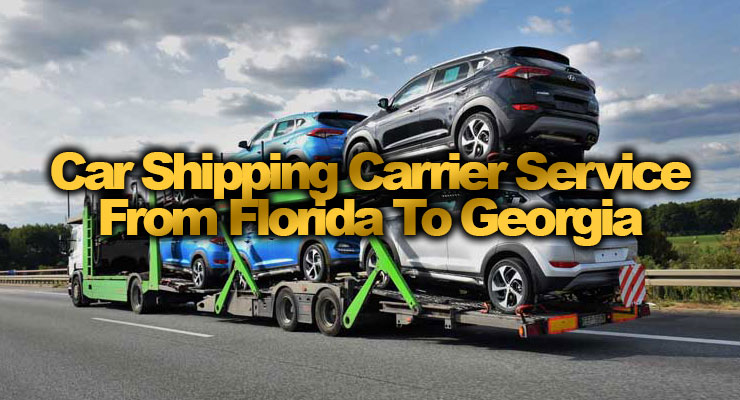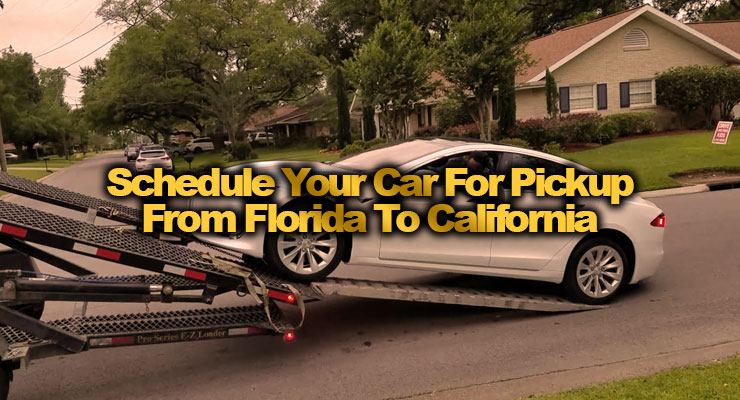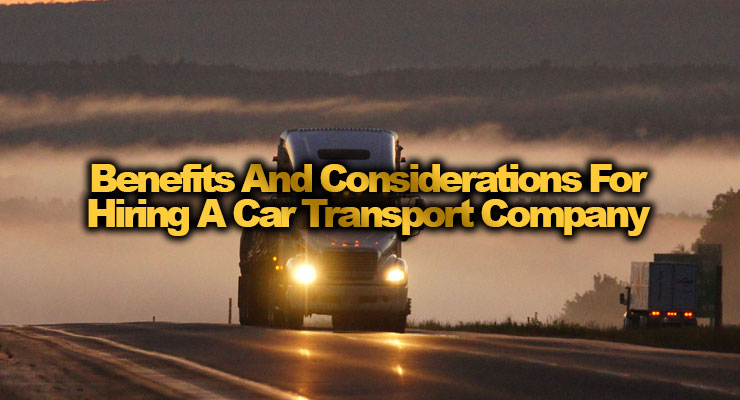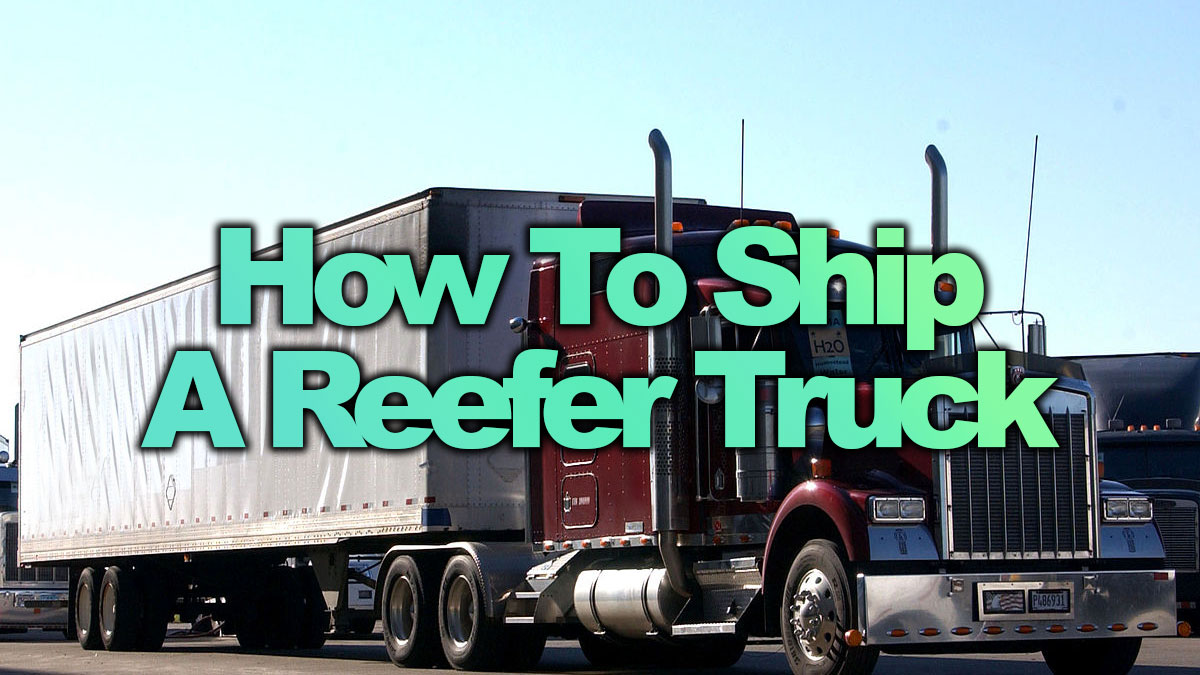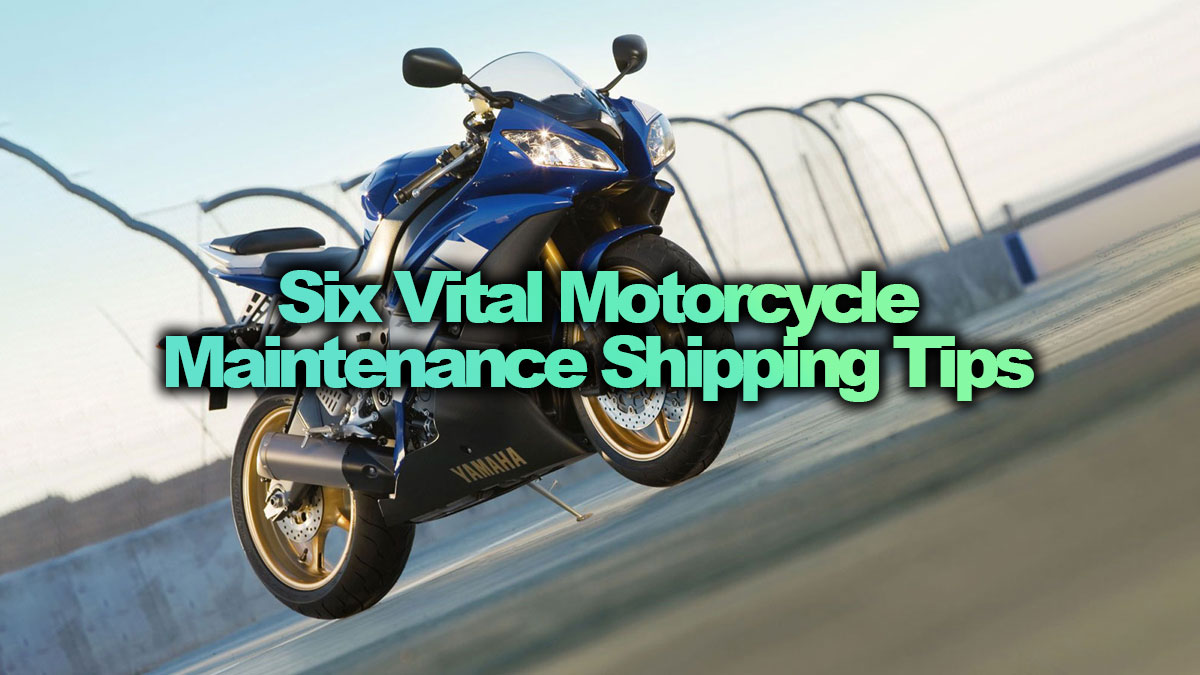ShipA1
Feb 20, 2020
Everybody's had to
affect lemon before. You know, a car that doesn't want to remain running,
regardless of how hard you are trying. For many people, vehicles that don't run
are problematic because they lose their fastest mode of transportation. But
it's also problematic once you ship a non-running vehicle. Now, it's not such
as you can't. That's not what we're saying at all! But sending a non-running
car and the way it's done are some things that do get to be understood,
especially if it's you sending it. There are tons of various sorts of
non-running vehicles; it's not just cars that don't start! This is often why
we're scripting this post for you today. It's important to know what exactly
constitutes a non-running vehicle and what you'll expect when it comes time to
ship it. You ought to know upfront that shipping a non-running car isn't the
most cost-effective thanks to shipping a car. In other words, it costs more to
ship a non-running vehicle thanks to the additional work that goes into loading
and unloading it. You'll avoid this price hike by getting the car in running
condition before time, and we'll talk more that during a bit.
What is Considered a Non-Running Vehicle?
Any vehicle that can't
start or move under its power is taken into account a non-running vehicle. In
normal circumstances, vehicles are loaded onto and unloaded off of the truck by
the driving force, literally driving them onto and off the car. This is often
fast, convenient, and doesn't require much of anything aside from a driver's
license. It takes a carrier less time to quickly drive the car on and off the
truck than the other method and is why moving a running vehicle is cheaper.
That said, other things will make a vehicle be considered non-running. Or, at
the very least, priced above a typical vehicle. One of these is when the car
can't be steered. If your car is missing a wheel, or the linkages are out, it
is often a drag. Cars like this usually got to be forklifted onto and off the
truck, or, at the very least, winched. These are two methods of loading a
non-running vehicle, and we'll cover more than within the paragraph below. Put,
though, a non-running car is any vehicle that can't do one among the following:
So, How Exactly Does A Carrier Ship A Non-Running car?
Most non-running
vehicles are often shipped on an equivalent ten-car open haulier that running
vehicles are moved on as open transport is that the auto shipping industry
standard, it's not surprising. It's not liked a non-running vehicle suddenly
morphs into a behemoth of a car that won't possibly fit on a typical carrier. A
non-running Ford Focus is simply an equivalent as your regular, run of the mill
Focus which will start and move and drive. But the tactic that's want to load
and unload a vehicle that's considered non-running may change counting on the
precise issue. If your car doesn't start, but everything else is ok, typically
all that's needed maybe a winch. A winch may be a unique motorized tool that
permits a carrier not to need to start the vehicle. They only hook it up to the
car, and it drags the car into position while the driving force steers it. If
your vehicle doesn't roll, that's another issue. What's the matter exactly? Are
the tires locked, or is that the car abreast of blocks? Both of those issues
will likely require a forklift to load and unload it, which may hinder your
options for carriers if you don't have one. We recommend getting wheels and
tires on the vehicle so as to urge it rolling. Brakes are quite an equivalent
issue. If a car can't stop under its power, carriers are getting to be cautious
about driving them onto and off of the truck. Most easily won't – they can't
stop, after all. An equivalent goes for steering – if a driver can't steer the
vehicle, it makes it harder for them to urge the car into the right position. A
bit like with brakes and wheels, it's a realistic idea to urge your vehicle in
steering shape before devour.

Why is Shipping A Non-Running Vehicle More Expensive?
Car shipping for a
vehicle that's considered non-running is costlier for several reasons and
depends on the rationale why it's considered inoperable. The straightforward
answer is: they're harder to load and unload. So, the additional work that a
driver has got to put into getting the vehicle onto and off their truck is that
the main factor when it involves the expense of transporting an inoperable
vehicle. Here's a fast breakdown. For vehicles that don't start, it's about
$150-200 more, counting on the carrier. They're going to likely need a winch or
someone there to assist them to push the vehicle onto and off of the truck. For
cars that don't roll, it's usually getting to be a touch more. An equivalent
goes for vehicles that can't break or steer also. This is often because they're
going to require a forklift to urge them onto and off of the truck quite
likely. This is often more common than you would possibly think; forklifts can
do tons when it involves getting a car onto or off a vehicle. With the way an
open haulier is meant, it's not that difficult for them to urge a vehicle onto
or off the truck with the proper equipment. However, not all carriers can drive
a forklift or have a license to work one. Some will waive a number of the costs
if you've got someone at pickup and delivery, which will roll in the hay for
them. However, the additional fee may attend the forklift operator at pickup or
delivery, if you've got to rent someone to try to it.
Can I ship a vehicle without an engine? What a few chassis?
Typically, a vehicle
without an engine goes to be tons lighter, which may help with the value of
touch. At an equivalent time, it'll still take up a full space on the truck, so
you'll not save the maximum amount on the load because it still takes up a full
space. That being said, vehicles without an engine are sometimes easier to
load. It does, however, depend upon what else is missing from the vehicle.
Usually, automobiles without engines can nevertheless steer and brake and roll.
If they can't, which
will be added cost to urge it loaded?
Regarding shipping a
chassis. These are trickier Commonly; a frame can't roll or brake or steer as
it's merely the body of the engine. So, there's some cost that goes into that.
At an equivalent time, the shortage of weight helps keep the per-mile cost down
on the entire. Or, at least, it would, if a typical carrier took it. Most of
the time, however, a straight chassis just the body and zip else would require
a flatbed haulier. Carriers can't just winch one among those onto or off the
truck and securing it gets trickier also. This is often where the value comes
into play flatbed carriers may take it for a touch less since the load is so
low.



